And why you should write it now
So – you’re creating a website, entering an exhibition, or applying for a grant or teaching position, and you’ve been asked for your artist statement. The panic sets in – what am I supposed to say? Do I begin with how I got started, or come up with an esoteric artsy connection to the universe? And what’s an artist statement supposed to include, anyway?
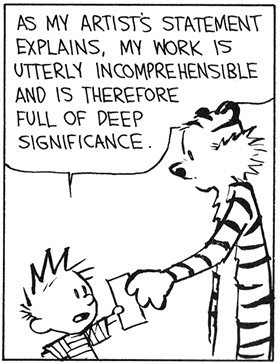 There are many times in life when you need to make a short speech: you’re running for a student office, for a position in an organization or local election, or making a toast at a wedding. You know that if you try to wing it, it isn’t going to be pretty and a video of it will last on Youtube forever! You stop and spend some time creating your message in advance, figuring out what message you want to get across. Then you test it out on your family, edit and shorten it. That’s exactly how you write an artist statement.
There are many times in life when you need to make a short speech: you’re running for a student office, for a position in an organization or local election, or making a toast at a wedding. You know that if you try to wing it, it isn’t going to be pretty and a video of it will last on Youtube forever! You stop and spend some time creating your message in advance, figuring out what message you want to get across. Then you test it out on your family, edit and shorten it. That’s exactly how you write an artist statement.
First: Know the Goal
An artist statement is a short, concise, series of sentences about what you make and why you make it. It’s like the best man speech at a wedding, talking simply to the audience about you and your work in a way that connects the audience to you and helps them understand and appreciate your work.
As you start, imagine that the wedding guests are waiting for you to make that toast so they can get to the cake and champagne. It’s not a dull history of how you got started and your long journey to where you are now (they’ll lose interest and start fidgeting), it’s not a list of all your exhibitions and accomplishments, it’s not psychoanalysis, and it’s definitely not incomprehensible, esoteric art-talk.
It’s a short, interesting, compelling statement about what you create and why you create it. A good artist statement is usually only two paragraphs long, about 200 words. It uses action words, full sentences, and helps your audience understand what you’re trying to accomplish. It should sound like you, not an art professor or a gushing best friend.
The Good News
Sitting down to spend the time to craft a good artist statement will pay off in the long run. You don’t want to write one the night before you have to send in an application. Take the time to write one now, and revisit it periodically: an artist statement should be a living document which evolves as your work changes over time. Many artists keep a journal focused on their artist statement; every so often they step back, evaluate their work, and write a few sentences about it. When they’re sending in an application, it’s easy to revisit and update the artist statement if needed.
How to Do It
Like any good story, focus on what, how, and why. Most of this you probably already talk about, and just don’t realize it.
What do you create?
- Yes, this should state the obvious (jewelry, sculpture). Don’t forget that show juries and gallery visitors don’t always see your work beside your artist statement.
- Gather your work together (either physically or by photos) and really look at it. What comes to mind? What’s common among the pieces? Is your work starting on a new trend? What adjectives come to mind?
How: what medium is your work, what techniques do you use?
- Don’t just state metal clay as many don’t understand it: make it ‘metal clay, an earth-friendly way to create fine jewelry from recycled metals.’
- How do you describe your work to visitors to your booth at a show? How do you describe what you’re working on now to your mother or non-jewelry friends?
Why do you make what you make? What influences/inspires your work?
- Imagine you’re talking to a prospective buyer looking at that $300 necklace you just made. You want them to appreciate it as a work of art, the craftsmanship, and as something which would enhance their appearance – what do you say so the buyer realizes it’s special?
- Has your work changed over time? Do you have a new focus? What made you make those changes?
- Reverse-engineer this: put the answer to the question you’d like people to ask. If your story is color, write about why you use color. If you want them to notice your work is sea-inspired, contemporary, or differentiated by your use of negative space, write about it.
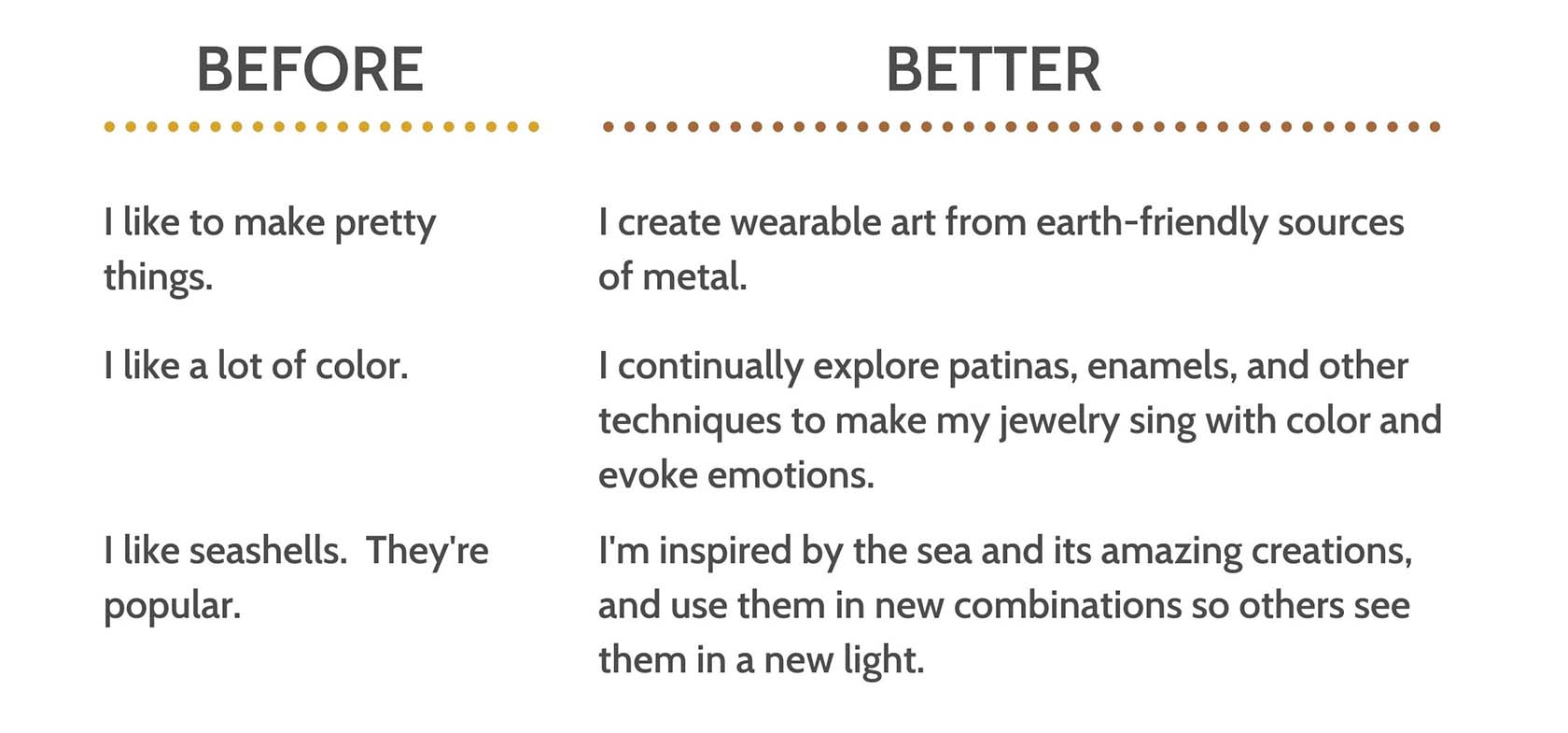 Give It the Litmus Test
Give It the Litmus Test
You’ve written your artist statement, now put it down for a few days. Read it again, out loud – does it sound like you? Does it sound like something you’d say to a buyer at a show? The first draft is usually a little long and a little stiff, and that’s ok – edit out the parts which aren’t important and make them more conversational.
Now ask a friend, a fellow artist, and a family member who will be honest with you (spouses and small children tend to be extremely candid!) to read it and give you honest feedback:
- Do you understand it?
- Does it make you understand my work better?
- Do you feel a connection to me as an artist or what my work is trying to express?
- Is the grammar correct? Are there typos?
Now make those edits and you have your first artist statement!
More Resources
If you want more help, there are lots of resources available online. They don’t all agree (after all, they’re written by artists!), but here are some examples and viewpoints which may be helpful:
Great Artist Statements We Love
The Artist Statement & Why They Mostly Suck
How to Write an Artist Statement: Tips from The Art Experts


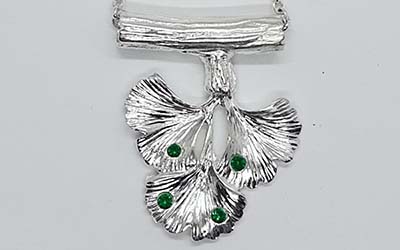






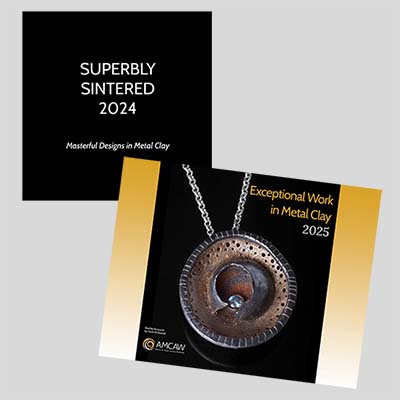

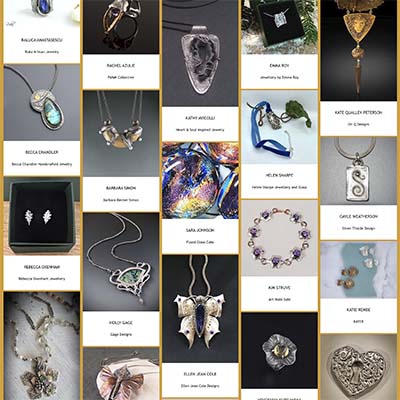


 There are many times in life when you need to make a short speech: you’re running for a student office, for a position in an organization or local election, or making a toast at a wedding. You know that if you try to wing it, it isn’t going to be pretty and a video of it will last on Youtube forever! You stop and spend some time creating your message in advance, figuring out what message you want to get across. Then you test it out on your family, edit and shorten it. That’s exactly how you write an artist statement.
There are many times in life when you need to make a short speech: you’re running for a student office, for a position in an organization or local election, or making a toast at a wedding. You know that if you try to wing it, it isn’t going to be pretty and a video of it will last on Youtube forever! You stop and spend some time creating your message in advance, figuring out what message you want to get across. Then you test it out on your family, edit and shorten it. That’s exactly how you write an artist statement. Give It the Litmus Test
Give It the Litmus Test